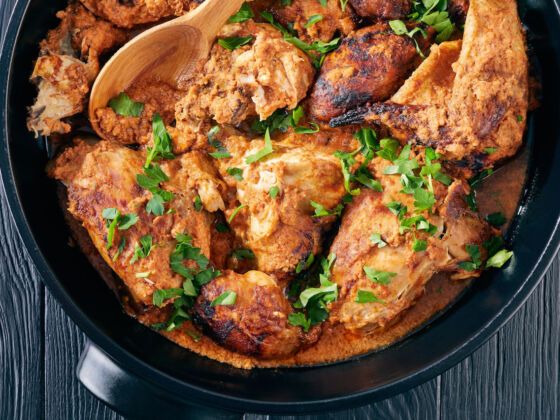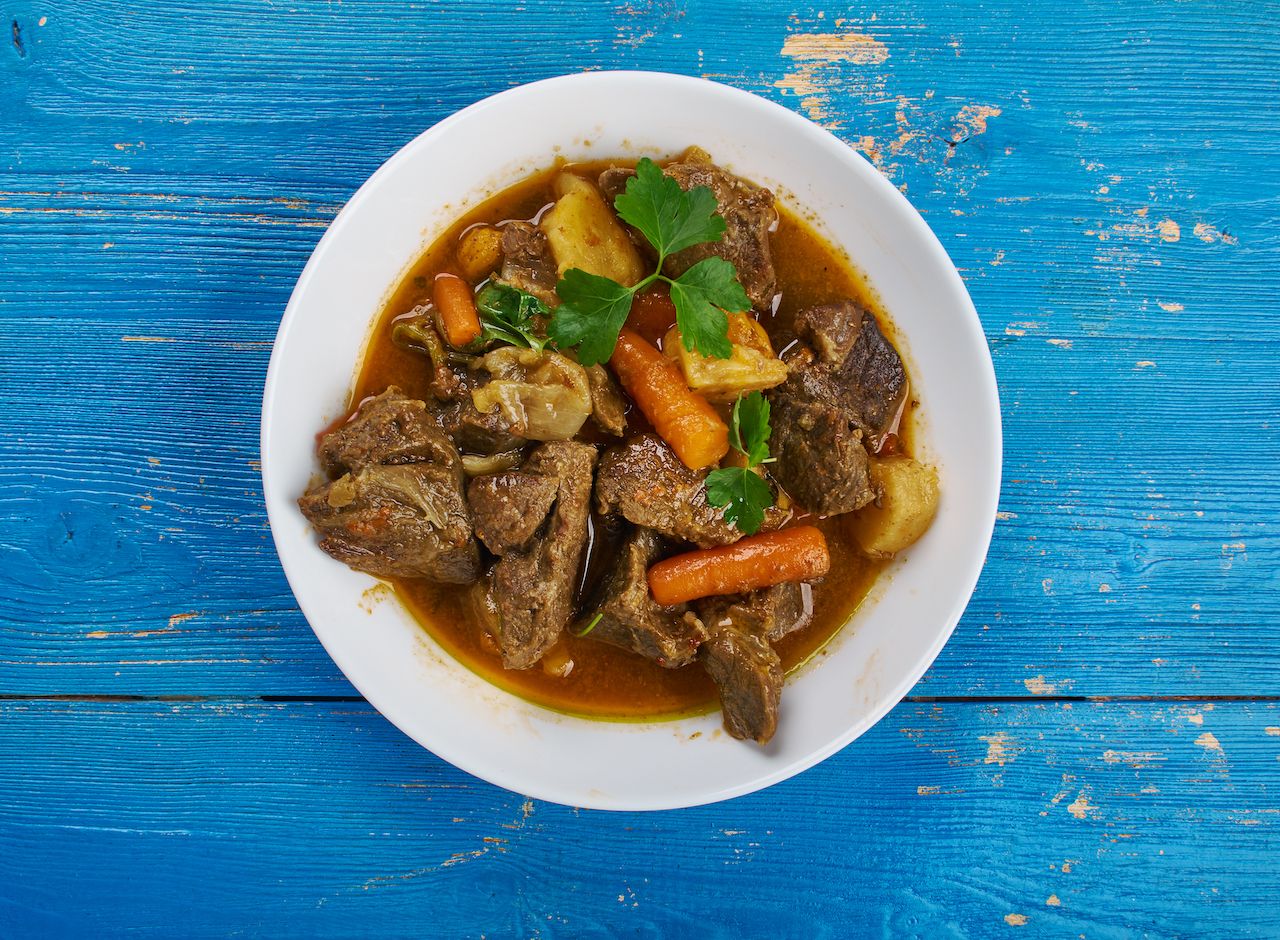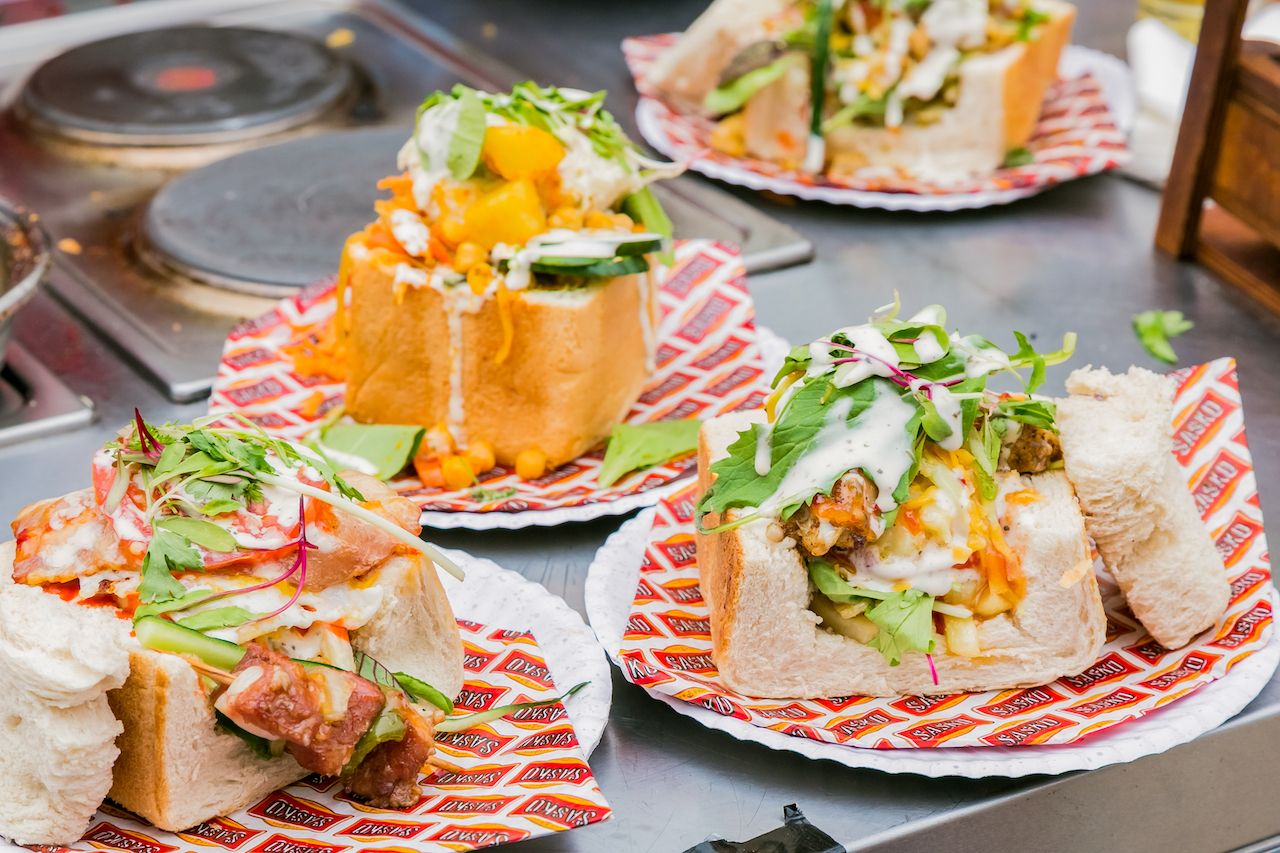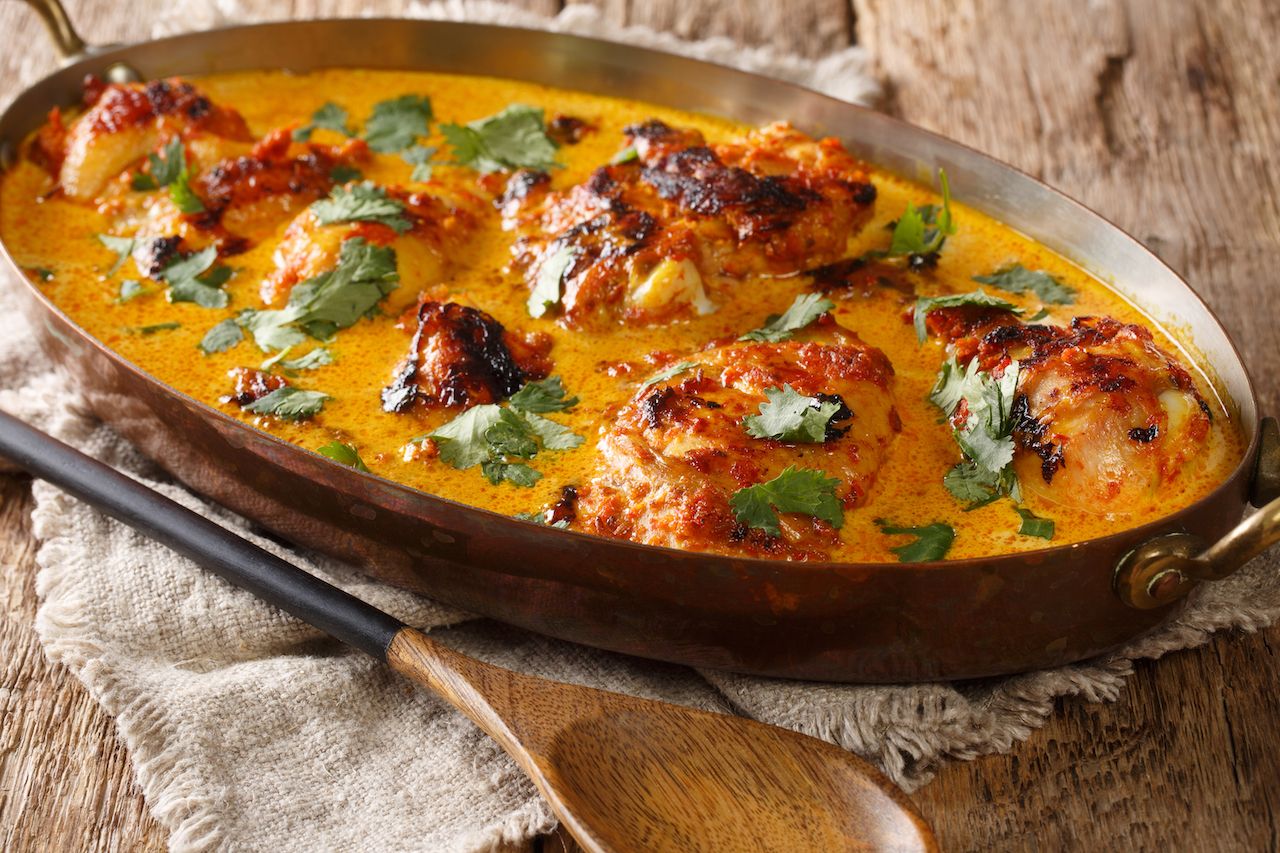The one uniting factor in the many cuisines that pepper Africa is diversity: Spices, ingredients, and cooking techniques vary so much from region to region that trying to identify one singular African cuisine impossibly flattens the range of dishes prepared from North Africa to the continent’s most southern tip.
African curries are the perfect example. In Morocco and Tunisia, a slow-cooked stew is prepared in a tagine, while on Kenya’s coast chicken simmers in a creamy coconut sauce. South African curries (which, conversely, never incorporate coconut) are probably the best known on the continent and have strong ties to apartheid, colonialism, immigration, and slavery.




